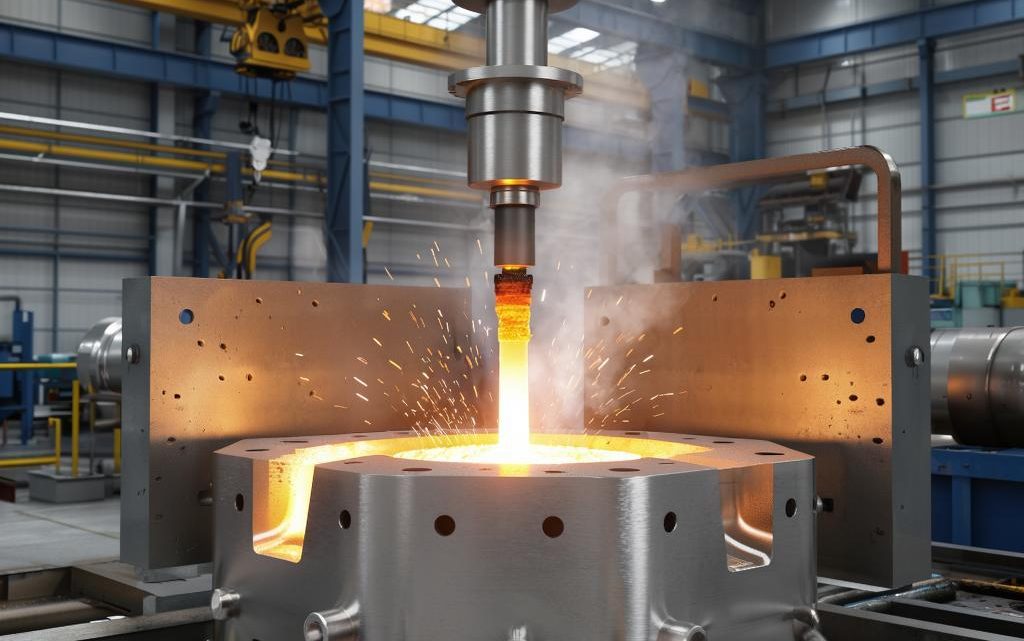
The Keys to Success in Low Volume Injection Molding
22.10.2025Flexibility has emerged as an essential aspect of the manufacturers in the current high-pacing markets. Life cycles of products are also reduced, customisation is high and companies are forced to take products to market as soon as possible without engaging in mass production. High volume injection molding is the answer to this — a production process that is neither prototyping nor mass production.
What Is Low Volume Injection Molding?
Low volume injection molding involves the same technique as injection molding — pouring molten plastic into a mould to shape solid components — however it concentrates on smaller production batches of 100 to 10,000 units. The method is ideal with startups, product introduction, market testing, or low-scale manufacturing of spare parts.
Low-volume tools may be constructed of aluminium or soft steel, unlike high-volume molds which typically use hardened steel, and also lower machining time and tool expenses. The molds can be made within weeks rather than months, with less financial risk and faster time-to-market.
Low volume injection molding fundamentally is a mix between the rapidity of prototyping and the quality of production manufacturing- and therefore, it is an economically viable answer to the rapid or custom projects of the initial stages.
The main benefits of Low Volume Injection Molding
1. Reduced Tooling Costs
Large-volume molds are worth tens of thousands of dollars. Softer materials like aluminium result in a significant reduction of initial tooling costs, enabling companies to experiment with markets and develop products before increasing scale.
2. Faster Time-to-Market
Low-volume molds can be manufactured, tooled, and put into practice in a matter of weeks. This enables firms to respond swiftly to market chances, introduce products earlier, and be ahead of competitors.
3. Design Flexibility
Since molds are cheaper and can be easily adapted, engineers can quickly adjust their designs using feedback or performance validation, and because they are cheaper and simpler to modify, they save both time and money.
4. Lower Risk
Companies reduce financial risk by making smaller batches. When a product becomes unsuccessful, the losses are minimal; when it is successful, the production can be expanded effectively.
Industries Involving Low Volume Injection Molding
Medical/Healthcare: Suited to short-run medical equipment, prototyping, and small batch regulated parts.
Automotive & Aerospace: Facilitates design of bespoke parts, spares and prototype productions.
Consumer Electronics: Ideal in rapidly evolving product designs like casings, connectors and enclosures.
Startups and Entrepreneurs: Provides low-cost access to production quantities of parts to test and present to investors.
Material Options
Low volume molding also enables the same broad material selection that is utilized in mass production, which guarantees strength, durability, and appearance. Common choices include:
ABS: Powerful, flexible, and affordable.
Polycarbonate (PC): Impact-resistant and transparent.
Nylon (PA): Strong, abrasion-resistant, and resistant to chemicals.
TPU: Soft, resistant and consumer-grip-or-electronic.
Medical-Grade Polymers: Sterilisable and biocompatible to use in healthcare.
Cost Considerations
Although per-part prices can be expensive compared to mass production because of low volumes, the overall investment is reduced. Businesses do not incur massive tooling costs and wasteful stock. This balance ensures that low volume injection molding is cost-effective in pilot production, niche markets, and proof-of-concept manufacturing.
The Process in Brief
Design Review: Engineers evaluate manufacturability and optimize design.
Tool Fabrication: Quick-turnaround molds are created of aluminium or soft steel.
Trial Run: Preliminary tests check quality, fit, and performance.
Production: Full production is conducted — usually 100-7,000 pieces.
Quality Control: Every batch is checked to meet accurate standards.
Real-World Applications
Medical Startup: Made 2,000 biocompatible diagnostic parts in four weeks — without a $50,000 tooling investment.
Automotive Supplier: Produced 500 bespoke nylon housings to suit aftermarket cars so that they could respond swiftly to consumer needs.
Conclusion
Low volume injection molding provides standard molding accuracy at increased speed, flexibility and at lower cost. It is a quick, risk-free way to market-ready parts whether you have a startup testing prototypes or an established manufacturer making a niche product.
Need an agile and reliable partner to take on your next project? Learn more about our low volume injection molding services — a platform that accommodates agile production in the 21st century.
